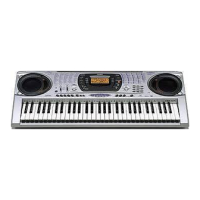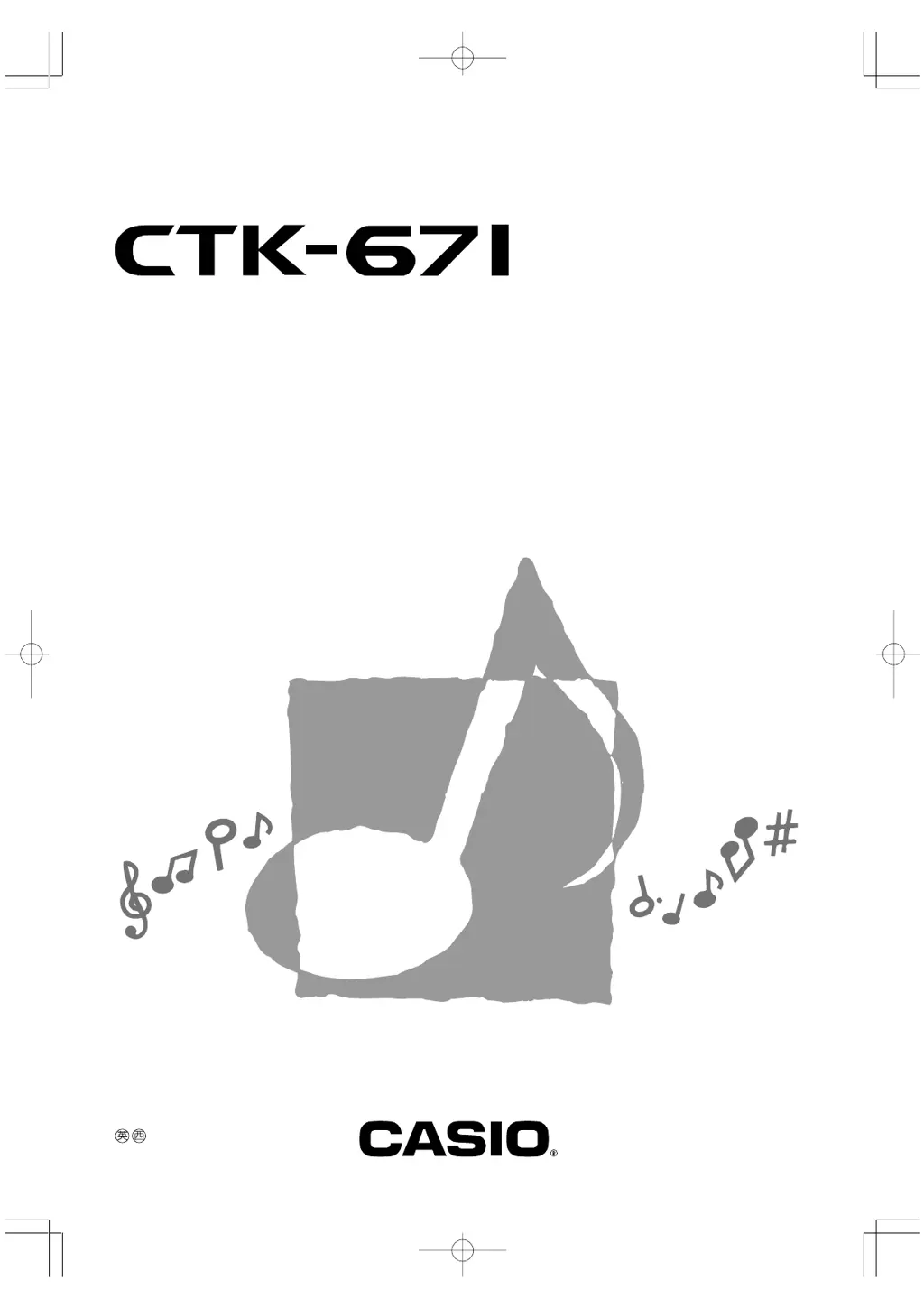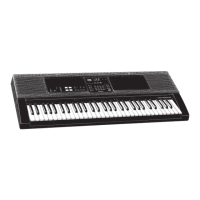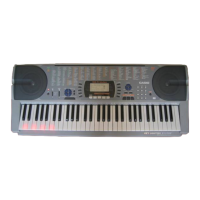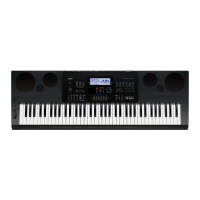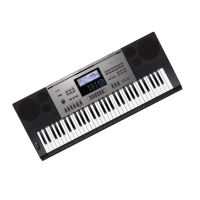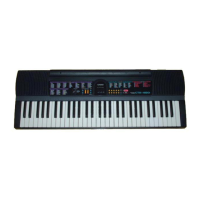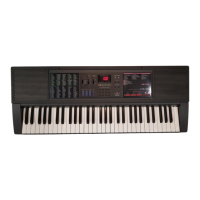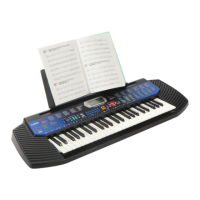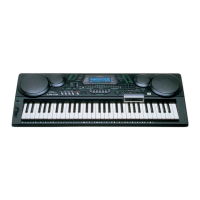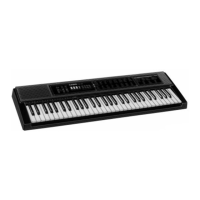How to fix no sound on my Casio CTK-671 Electronic Keyboard?
- VvericksonSep 12, 2025
If your Casio Electronic Keyboard has no sound, there might be a few reasons. First, ensure the AC adapter is correctly attached, the batteries are properly inserted (+/–), and the batteries aren't dead. Next, check that the power is on by pressing the POWER button. Also, the volume might be too low, so adjust the VOLUME slider. Ensure the MODE switch is set to NORMAL, Local Control is on, and Mixer channel 1 is also on with sufficient volume.
